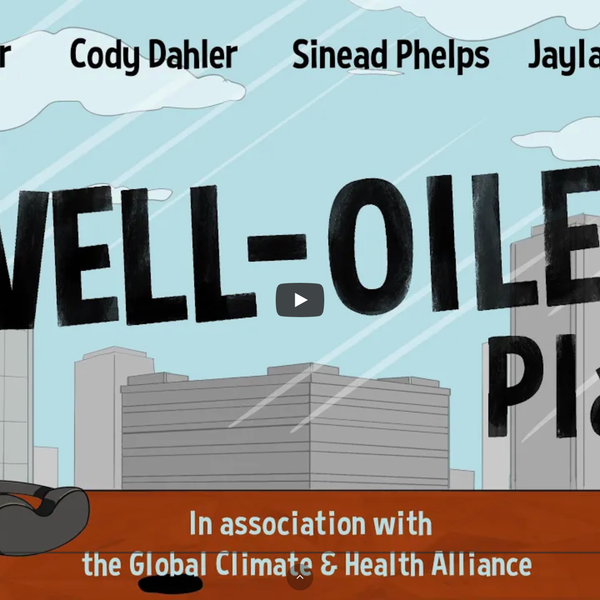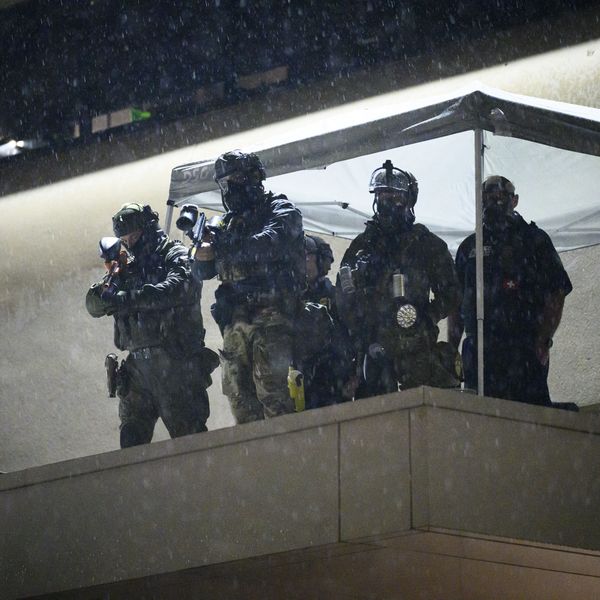Years before Big Oil began sowing doubt about the science of climate change and fighting efforts to cut dangerous emissions, the fossil fuel industry sought to muddle the research around smog, according to an investigation published this week by InsideClimate News.
The revelations--from one of the first news outlets to expose ExxonMobil's climate deception--are based on hundreds of industry speeches, articles, reports, and oral histories that span the last 70 years, many of them gathered by the Washington, D.C.-based Center for International Environmental Law (CIEL) and dozens unearthed by InsideClimate News (ICN) in the Library of Congress and other archives.
According to ICN reporters Neela Banerjee, David Hasemyer, and Lisa Song, these sources suggest that the oil industry's "response to smog and its fight against clean air standards unfolds like a rough draft of the muscular strategy it deployed 40 years later to deny climate science and the need for an urgent policy response."
This effort began, they write, in California in the 1940s:
Los Angeles' smog began to rise to alarming levels in the early 1940s and swiftly became an economic and public health threat. On December 11, 1946, the Los Angeles Times ran a front-page article identifying a local refinery as the source. That afternoon, oil executives organized a group to determine the causes of smog, the responsibility the oil industry bore for it and what it needed to do to curtail the pollution. It became known as the Smoke and Fumes committee.
It was through the Smoke and Fumes committee that the oil industry tried to evade responsibility, using science and public skepticism to stymie environmental regulations.
For example, as regulations increasingly sought to minimize the deleterious public health impacts of air pollution--which kills about 200,000 people in the United States each year, according to a 2013 study by the Massachusetts Institute of Technology--the Smoke and Fumes committee attempted to undercut and disparage research that linked oil refineries and auto exhaust with smog.
At the same time, industry-funded studies pursued "alternative theories" about smog. For example:
A 1957 study at the University of California at Riverside investigated damage caused on smoggy days to the leaves of plants. It found that one form of damage was caused merely by ultraviolet light, whether or not smog-forming chemicals were introduced. This would suggest that the sun, not chemical pollution, was to blame.
"How the oil industry handled smog is a template for how it handled a bunch of issues, the most significant being climate change. There's a DNA here that's palpable," said Carroll Muffett, an attorney who is the president of CIEL. "Through it all, you see the creation of an echo chamber of doubt that takes the small unknowns and uncertainties and magnifies it until all we have is unknowns, when in fact the actual science isn't that way at all."
The strategy appears to still be working.
Just this week, the GOP-led House passed legislation to block a major Obama administration rule aimed at limiting ozone pollution. According to The Hill, "It would also slow down the review schedule for EPA air pollutant rules and give regulators the chance to consider cost--not just public health impacts--when reviewing those rules."
Read ICN's full investigation here.

